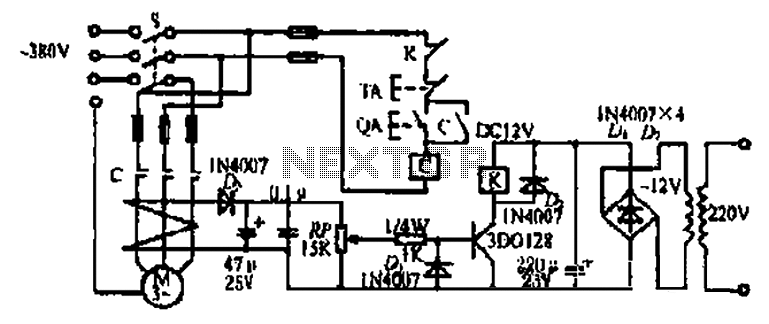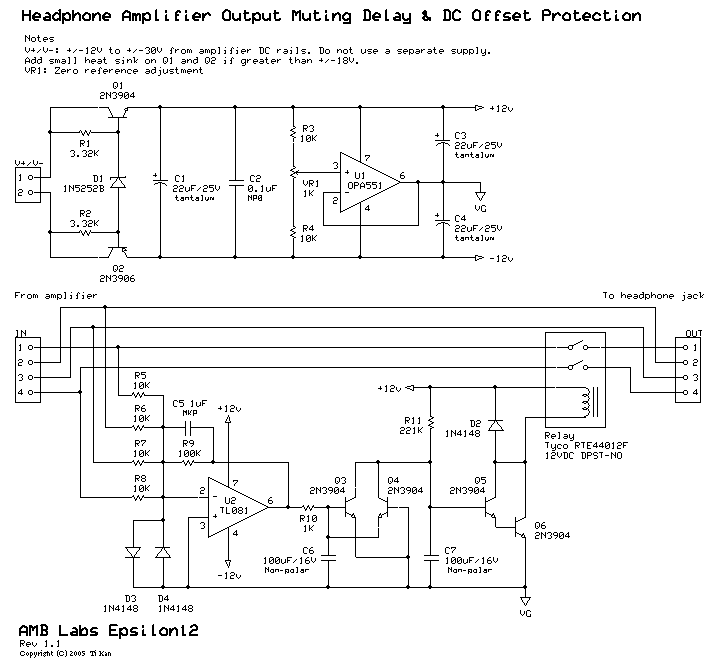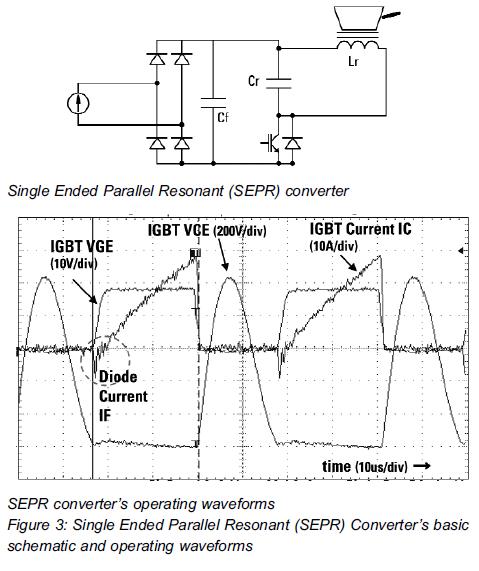
IGBT Drivers Provide Reliable Protection

To ensure that power electronic components are reliably protected from the effects of non-permissible operating conditions, fast and reliable error detection and effective protective measures are needed.
In power electronic systems, the integrity and longevity of components such as transistors, diodes, and capacitors are paramount. Non-permissible operating conditions can arise from various sources, including overvoltage, overcurrent, and thermal stress. To mitigate these risks, a robust error detection mechanism is essential. This typically involves the implementation of sensors that monitor operational parameters in real-time, allowing for the immediate identification of anomalies.
Once an error is detected, effective protective measures must be deployed. These can include circuit breakers, fuses, or electronic protection devices like gate drivers with integrated protection features. For example, in a power converter application, a current sensing resistor can be placed in series with the load to monitor current levels. If the sensed current exceeds a predefined threshold, the control circuitry can trigger a shutdown or switch to a safe mode, thereby protecting the components from damage.
Additionally, thermal management strategies, such as the use of heat sinks or active cooling systems, can be integrated to prevent overheating. The combination of real-time monitoring and responsive protective measures forms a comprehensive strategy that enhances the reliability of power electronic systems, ensuring they operate within safe limits under various conditions. This approach not only extends the lifespan of the components but also enhances overall system performance and safety.To ensure that power electronic components are reliably protected from the effects of non-permissible operating conditions, fast and reliable error detection and effective protective measures are needed.. 🔗 External reference
In power electronic systems, the integrity and longevity of components such as transistors, diodes, and capacitors are paramount. Non-permissible operating conditions can arise from various sources, including overvoltage, overcurrent, and thermal stress. To mitigate these risks, a robust error detection mechanism is essential. This typically involves the implementation of sensors that monitor operational parameters in real-time, allowing for the immediate identification of anomalies.
Once an error is detected, effective protective measures must be deployed. These can include circuit breakers, fuses, or electronic protection devices like gate drivers with integrated protection features. For example, in a power converter application, a current sensing resistor can be placed in series with the load to monitor current levels. If the sensed current exceeds a predefined threshold, the control circuitry can trigger a shutdown or switch to a safe mode, thereby protecting the components from damage.
Additionally, thermal management strategies, such as the use of heat sinks or active cooling systems, can be integrated to prevent overheating. The combination of real-time monitoring and responsive protective measures forms a comprehensive strategy that enhances the reliability of power electronic systems, ensuring they operate within safe limits under various conditions. This approach not only extends the lifespan of the components but also enhances overall system performance and safety.To ensure that power electronic components are reliably protected from the effects of non-permissible operating conditions, fast and reliable error detection and effective protective measures are needed.. 🔗 External reference





